Asia will become the epicenter of America’s strategic focus. To sustain its edge in its competition with China, Washington will place greater relative emphasis on rebuilding at home and working with partners to address global challenges. This piece originally appeared in the Taipei Times.
When the United States entered Afghanistan to avenge the terrorist attacks of September 11, 2001, the country was unrivaled on the world stage. America was one decade removed from the collapse of the Soviet Union. There was not a viable strategic competitor in sight. American power was preeminent in virtually every region of the world.
Twenty years later, the strategic environment has changed considerably. China has emerged as a formidable competitor to the United States across the diplomatic, military, technological, and economic domains. In explaining America’s withdrawal from Afghanistan, President Joe Biden and his advisors argued that the United States must focus American power where it matters most to the security and prosperity of the American people. They have acknowledged, albeit implicitly, that the era of Pax Americana, or power superiority in every corner of the world, is over.
America is still the world’s only superpower — a country with global political and economic interests and the ability to project force in every region. Even with its rapid rise, China remains far from meeting this definition. The United States still maintains the world’s largest economy, most potent military, and most dynamic society. Nevertheless, America has been humbled by its limited ability to improve national conditions in Afghanistan, Iraq, Libya, and elsewhere.
This lesson likely will push the United States into a transition phase in its foreign policy. Rather than pursue primacy everywhere at once, the United States likely will concentrate resources on dealing with the defining challenge to America’s leadership posed by China. Asia will become the epicenter of America’s strategic focus. To sustain its edge in its competition with China, Washington will place greater relative emphasis on rebuilding at home and working with partners to address global challenges. The American people likely will remain skeptical of the use of military force, particularly in instances when vital national interests are not at stake.
Unflinching realism about America’s limited ability to alter events inside other countries will coexist alongside lofty rhetoric about America’s support for human rights, rule of law, and democratic institutions. Calls for upholding universal values will animate America’s diplomacy in Latin America, where poor governance is viewed as an impetus for migration to the United States. American leaders will continue to hold up shared values as a source of trans-Atlantic cohesion. Although the Middle East will never be ignored or abandoned, it will garner a diminishing share of America’s strategic focus. Africa similarly will receive an underweighted level of American attention.
These shifts will free up American focus on the region that will matter most to America’s security and prosperity in the 21st century — Asia. The region accounts for nearly 60% of global economic growth, and U.S. exports to Asia create more jobs than any other region of the world. It is home to five U.S. treaty allies and critical security partners such as Taiwan. It also is home to potential threats from a nuclear North Korea and an ascendant China.
As the Singaporean scholar Bilahari Kausikan has observed, U.S.-China competition in the 21st century likely will not resemble the contest for supremacy between the United States and the Soviet Union during the Cold War. The Cold War competition pitted two separate systems with very few interconnections in a universalistic struggle for domination. By contrast, the United States and China are both deeply integrated with each other and within a single global economic system. They will compete to determine who will lead the existing system.
The contest for leadership in the 21st century will be informed by calculations of raw power. Washington and its partners will need to strengthen their military capabilities to sustain capacity to deter Beijing from pursuing political objectives through military means, nowhere more so than Taiwan. Addressing these challenges will be made more manageable by the fact that the United States and its key partners have capable governments and share common security objectives.
Ultimately, though, America’s standing in the coming decades may turn more on progress in labs than on battlefields. Given the scale of destruction that would result from conflict between two nuclear-armed powers, it defies imagination to expect that the United States or China could prevail over the other in a direct military conflict.
Performance will be the true source of prestige in the international system in the 21st century. Perceptions of national performance will be informed by which countries can best unlock the talents of their people, drive innovation, and deliver solutions to global challenges. Technology and talent will be barometers of national power.
The United States and Taiwan can and should support each other in these critical areas. Deepened educational exchanges, closer collaboration on technological innovation, cross-fertilization of investments in development of critical technologies, and intensified efforts to bolster supply chain security will pay strategic dividends. So, too, will joint efforts to accelerate green technology development and deployment. The United States and Taiwan also can work together to spread best practices for improving democratic resilience against external attempts to interfere in democratic governance.
This transition phase in American foreign policy presents fresh prospects for the United States and Taiwan to bolster mutually beneficial coordination. Both sides would be wise to seize such opportunities.
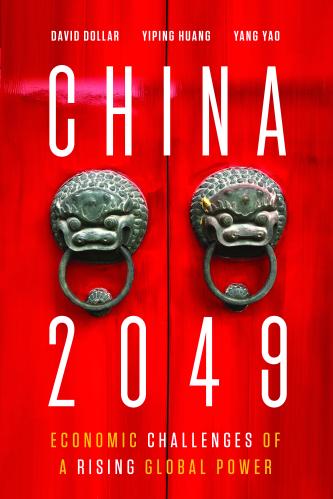
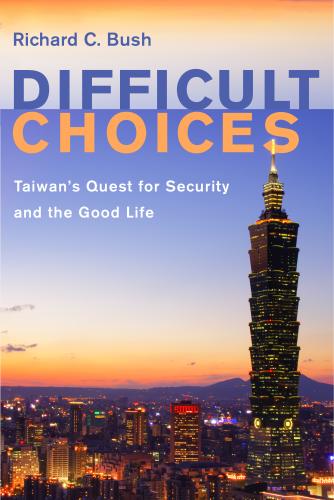
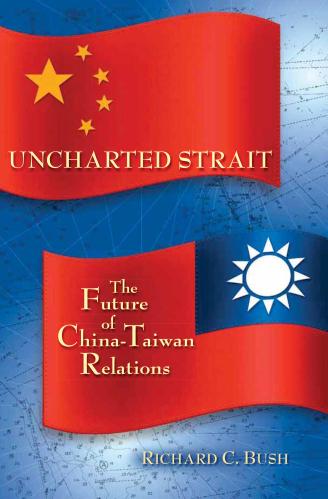
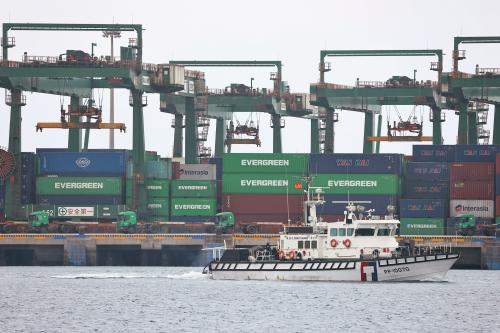

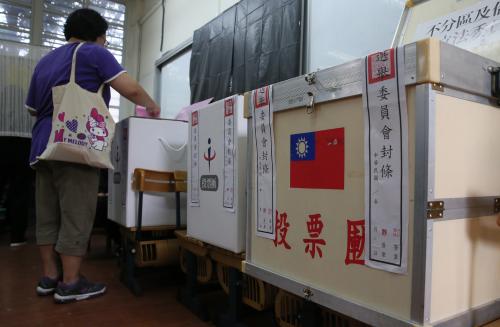

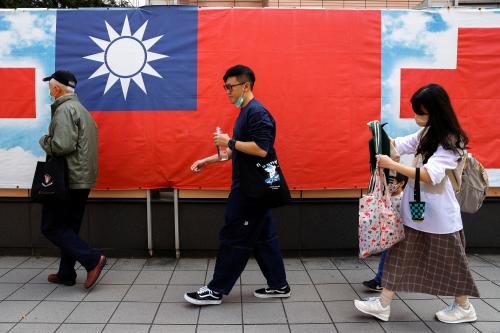
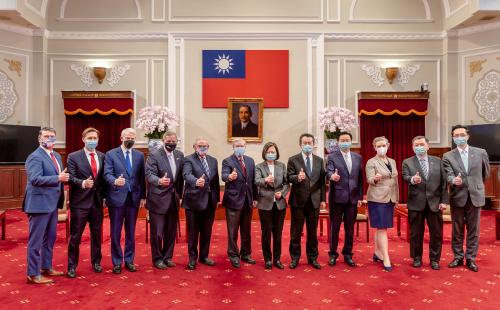
Commentary
America’s intensifying focus on Asia opens opportunities for strengthening US-Taiwan relations
September 8, 2021